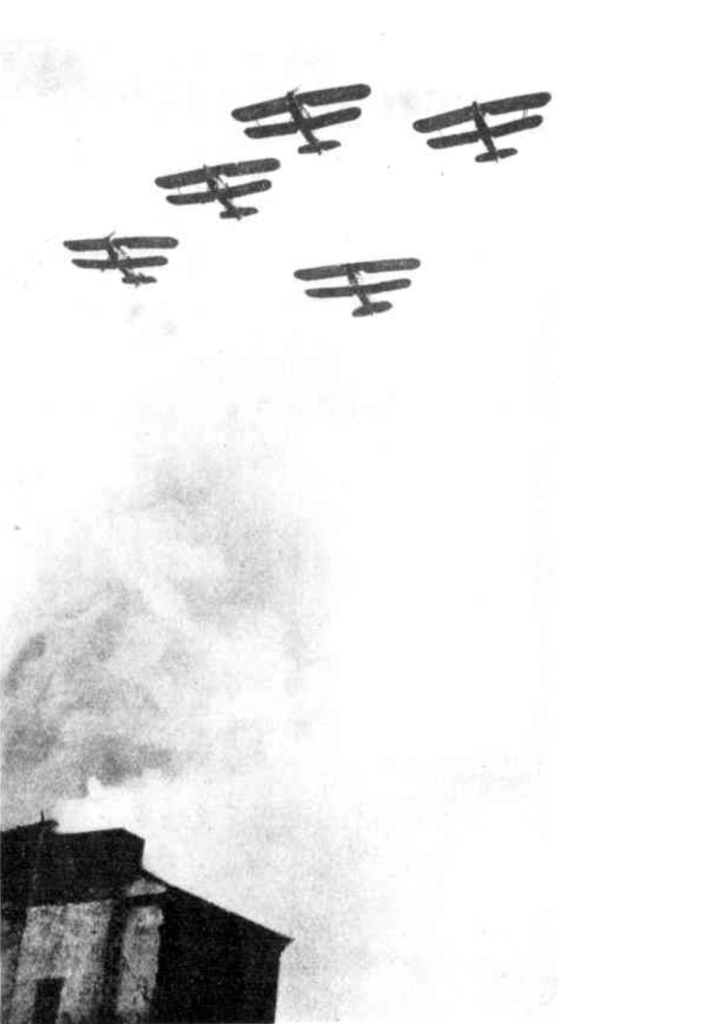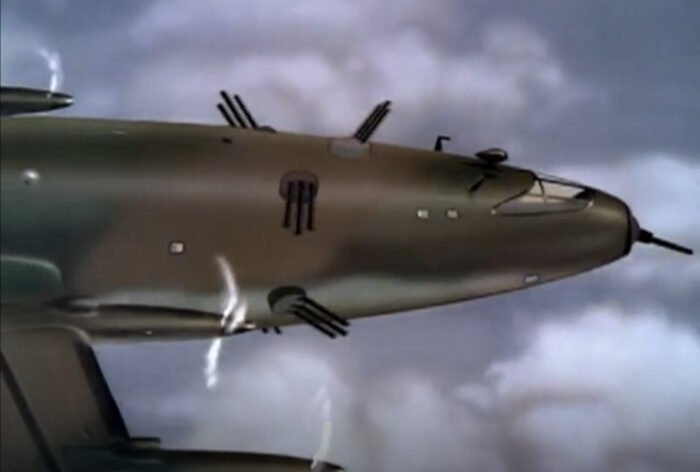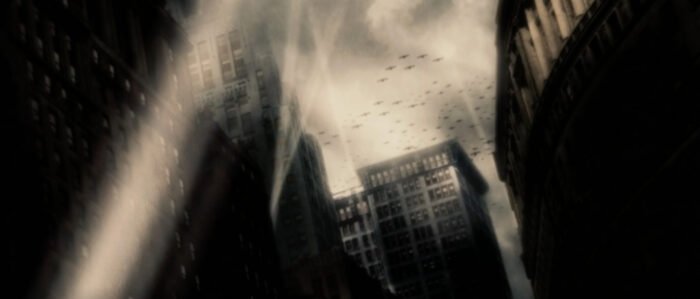The lost Gotha of New Farm Park is lost in two senses. Firstly, because I'm fairly sure that it no longer exists. Secondly, because I'm quite sure that it never existed.
Chris O'Regan pointed out on Twitter that 'there used to be a captured German plane in New Farm Park' in Brisbane. This was easy to confirm in Trove; it was offered to Brisbane as a war trophy in 1921:
The Brisbane City Council yesterday agreed to accept a captured German aeroplane offered by the Australian War Museum. Authority was given for the erection of a shelter at a cost of £50, in New Farm Park, on a site to be fixed by the chairman of the Parks Committee and the superintendent of parks.
But the shelter evidently didn't offer much protection from the elements, because by March 1930 the aeroplane was in poor condition and 'badly in need of reconditioning':
The chairman (Alderman E. Lanham) stated that no financial provision had been made for the work, and while there was some sentiment attached to the capture of the machine it was not a proposal upon which the council was prepared to spend a big sum at present. The committee had agreed to defer the question of repairs until an inspection had been made by the parks superintendent (Mr. H. Moore) and himself.
The aeroplane was offered to the Queensland Museum -- home to another, unique, war trophy, A7V Mephisto -- which unfortunately had 'no accomodation' for the machine. Dismantling began the following January, at which point the Queensland branch of the Australian Flying Corps Association offered to maintain it. The council agreed, but on condition that it was moved elsewhere. In June, it was announced that the association had 'offered to recondition the machine and place it in a conspicuous position on the Archerfield Aerodrome', then Brisbane's major (and very new) airport. In May 1932 it was said to be 'at present being reconditioned by the [Queensland] Aero Club' -- so not the Australian Flying Corps Association -- 'preparatory to its being mounted at Archerfield aerodrome'. I can't find any trace of the aeroplane after that. I suspect it was never placed into any 'conspicuous position' but instead the reconditioning stretched out until it was eventually scrapped, perhaps in 1939 when the RAAF moved in.
...continue reading →








